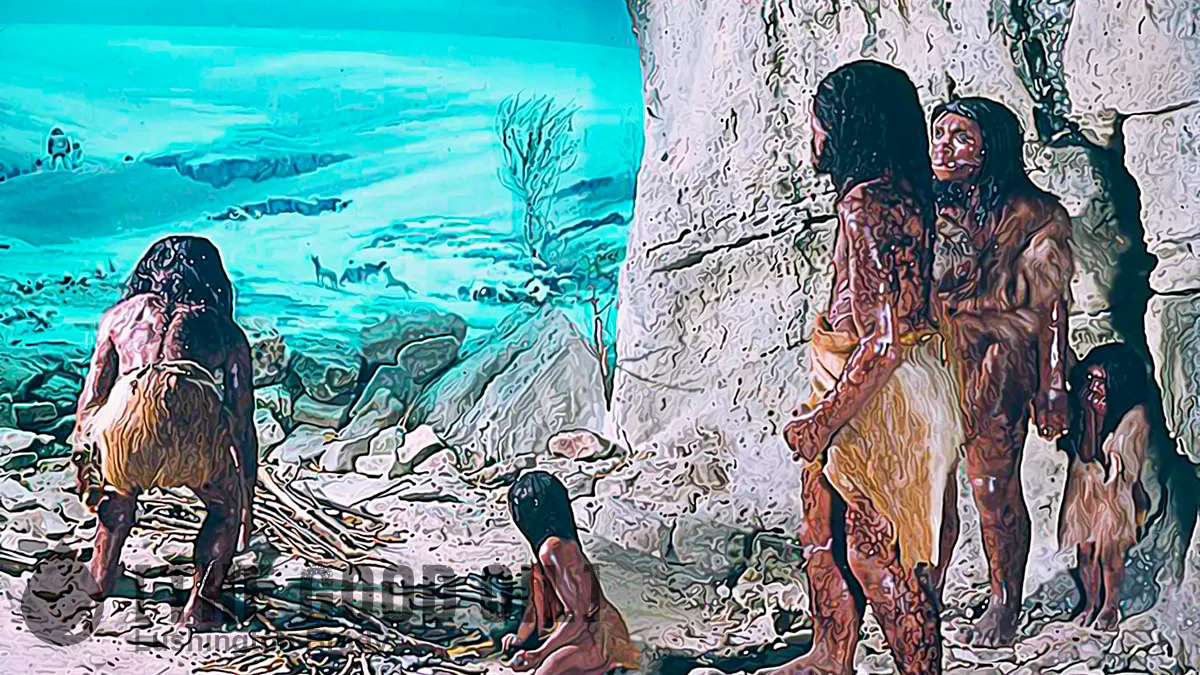Table of Contents
It’s a dogma of the Climate Cult that climate change is an existential threat to not just the human species but the entire planet. Which is utter baloney, of course. Not a single reputable scientific study makes any such hysterical claim.
‘Even under our most dire predictions, human society is still around,’ says Adam Schlosser, the Deputy Director of the MIT Joint Program on the Science and Policy of Global Change and a climate scientist who studies future climate change and its impact on human societies.
Not least because a modern, industrial society is well placed to ride out the vagaries of climate variabilty. Despite the most dedicated efforts of the ‘Net Zero’ cult, a severe drought or cold blight causes far less death and calamity than it might once have.
Still, it’s not always been such a cosy ride for humanity. In the dawn years of our genus – our species, H Sapiens, had yet to evolve – some calamity, likely climatic, nearly did wipe us off the biological map.
A team of scientists from the United States, Italy, and China may have finally explained a large gap in the African and Eurasian fossil record. According to a model in a study published August 31 in the journal Science, the population of human ancestors crashed between 800,000 and 900,000 years ago. They estimate that there were only 1,280 breeding individuals alive during this transition between the early and middle Pleistocene. About 98.7 per cent of the ancestral population was lost at the beginning of this ancestral bottleneck that lasted for roughly 117,000 years, according to the study.
The Pleistocene is better known, popularly, as the ‘Ice Age’, although Ice Ages is more correct. Periods of intense glaciation were interspersed by warmer interglacials, until the ice finally retreated for good (so far, anyway) about 11,700 years ago. The Late Pleistocene was when our species, modern humans, finally emerged in Africa and promptly began to spread across the globe.
But before H Sapiens began its march to world domination, its existence went down to the wire. Why?
Some of the potential reasons behind this population drop are mostly related to extremes in climate. Temperatures changed, severe droughts persisted, and food sources may have dwindled as animals like mammoths, mastodons, and giant sloths went extinct.
Note how they carefully say ‘temperatures changed’ and link it to drought. No doubt, you’re picturing the sort of global warming hell-world we’re continually warned about.
In fact, it was the other way around.
The near-extinction occurred during the middle Pleistocene transition (MPT) – a period of global cooling.
Its onset was accompanied by decreases in sea surface temperatures (SSTs) in the North Atlantic and tropical-ocean upwelling regions and by an increase in African and Asian aridity and monsoonal intensity. During the MPT, long-term average ice volume gradually increased by ∼50 m sea-level equivalent […] Given that the MPT was associated with an increase in ice volume, this constraint requires that post-MPT ice sheets were substantially thicker than pre-MPT ice sheets.
Cold, arid, hostile and bleak: remind me again why we’re the first generation in human history to be afraid of a warm climate?









